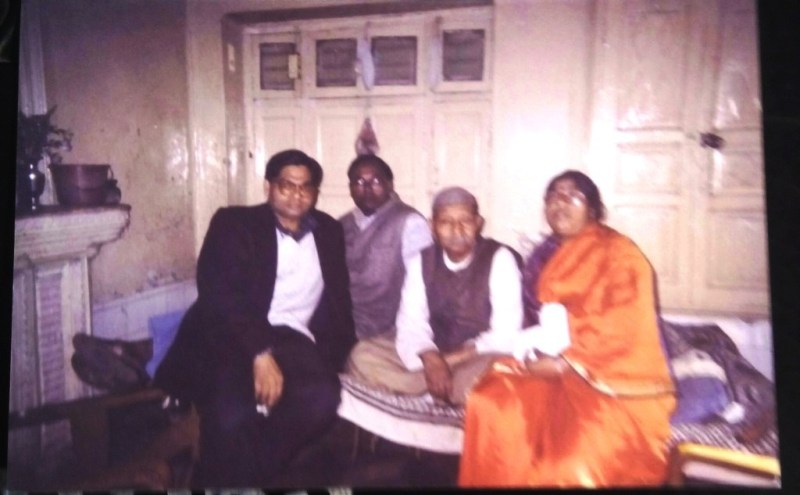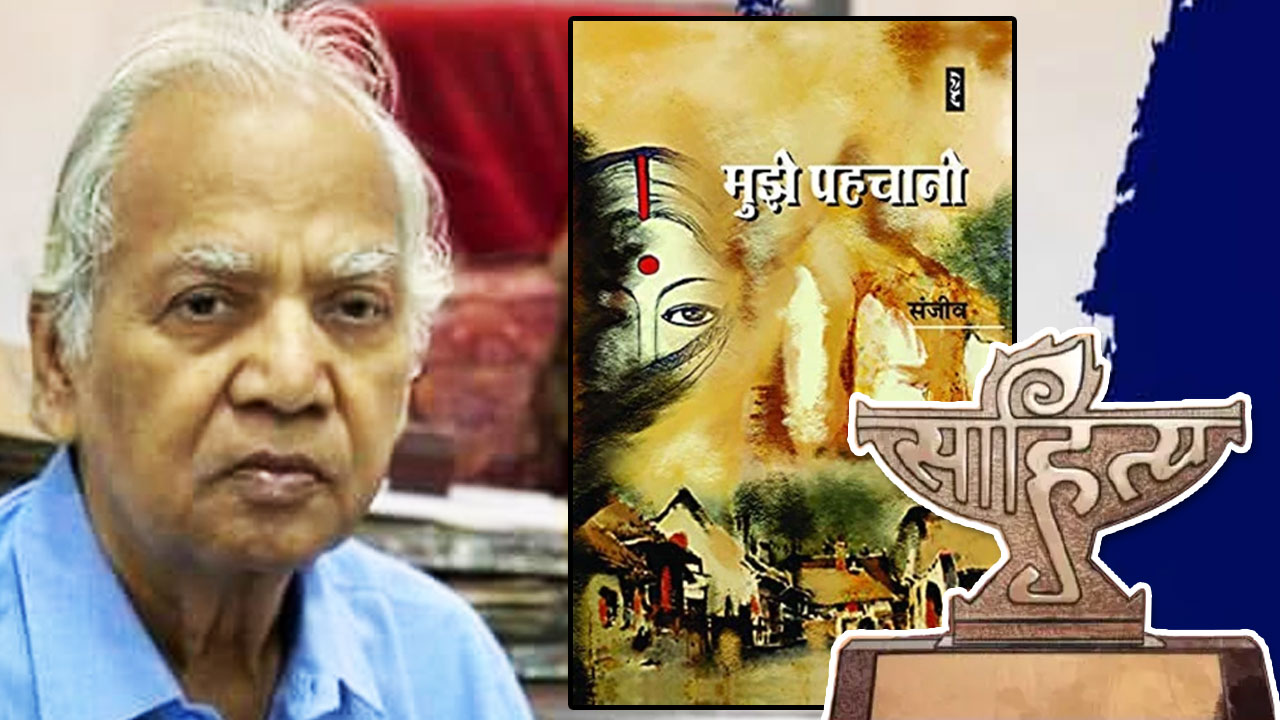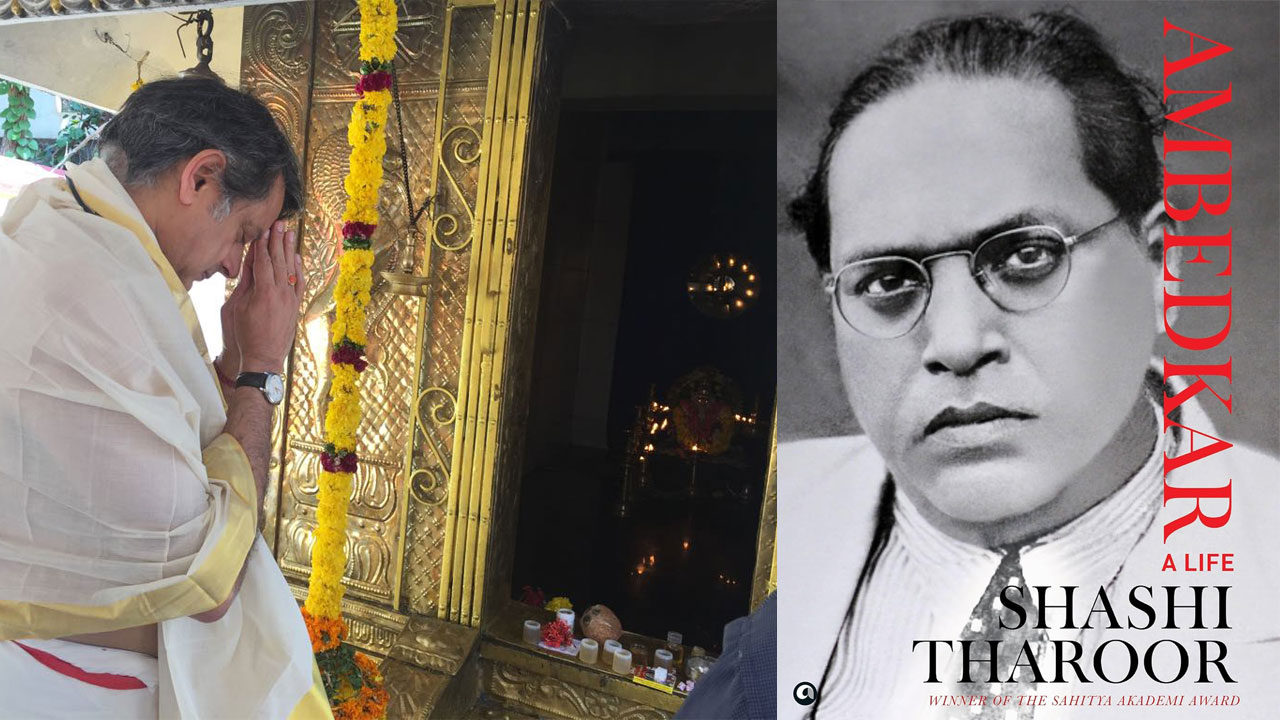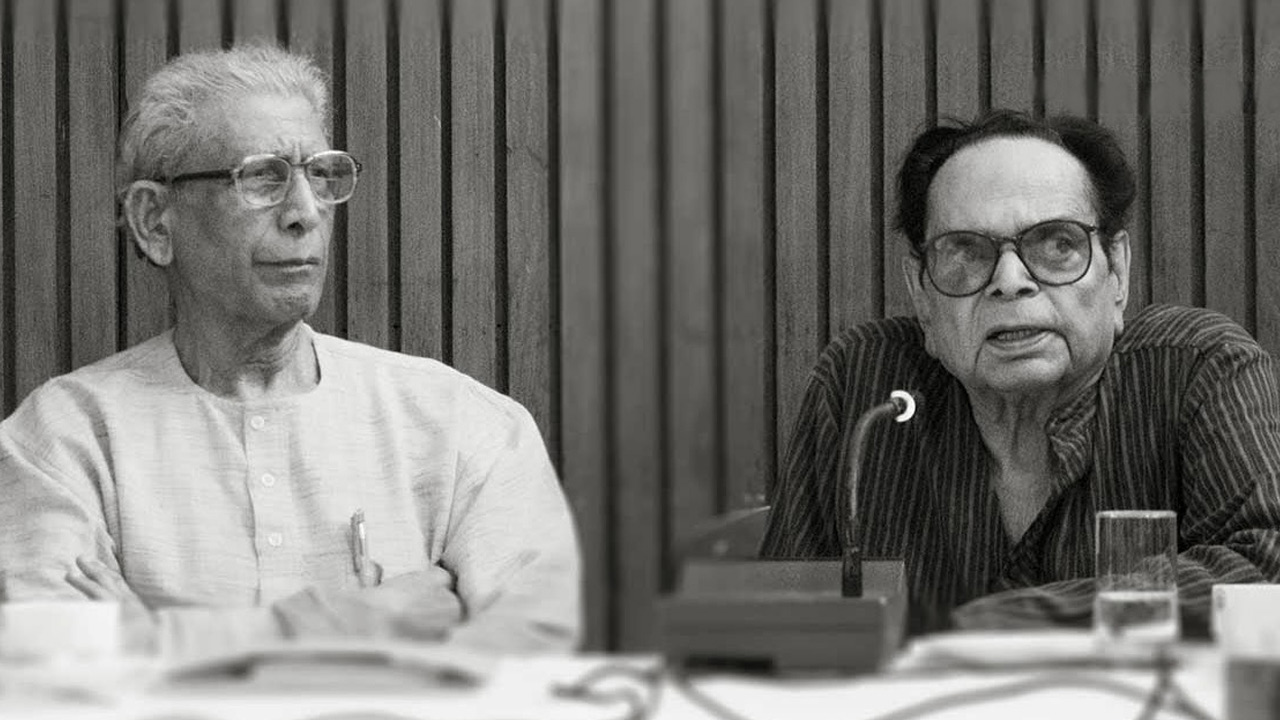A few days ago, Dr Hemlata Maheshwar, head of the Hindi department at Jamia Millia Islamia, came to my house with one of her research students. We had a serious discussion about the history of the Dalit literature movement. The struggles of the first-generation Dalit litterateurs so surprised her that she equated Shahdara to “Dharavi” (Mumbai’s slum) in terms of development, publicity, and propagation of Dalit literature.
She is not wrong.
As it happened the day’s edition of the Dainik Jagran had published an article on boxer Mike Tyson. Notwithstanding his ambiguous status now, after his conviction for rape, his story of meteoric rise from the slums and housing projects of New York to an undisputed world championship continues to inspire youth growing up in difficult circumstances. The article quoted from one of his interviews. In India, he wants to visit two places: the Taj Mahal, and Dharavi. Rajinikanth’s latest film Kaala too depicts Mumbai’s now-famous slum: its volcanic eruption, and a satisfying resolution into freedom and equality – from red and black to a sea of blue. Dharavi has become legendary, symbolic, a hope.
Marathi Dalit writing originated as a genre in Dharavi. Powered by and powering the Panthers’ movement, Dalit writers (the questions they posed the oppressive establishment, the challenges they issued) found currency and a platform at the centre of political debate. The largest slum in Asia is origin to some of the most powerful individual voices and the single most coherent Indian mass movement since 1947 to rise against discrimination. Shayar Annabhau Sathe, Baburao Babul, Arjun Dangle, Padmashree Daya Pawar – some of the most illustrious names credited with laying the foundations of revolutionary Dalit scholarship and literature – are all associated with Mumbai, Dharavi.
Later, the movement spread throughout Mumbai, Nagpur, Nasik, Aurangabad and a poet Namdeo Dhasal emerged as the representative voice, for the Panthers and their cause, issuing an open challenge to traditionalist modes that directly or indirectly, openly or covertly, countenanced the ugly status quo. Dalit literature and the movement it fired demanded the rights of Dalitbahujans as citizens of a democracy and articulated their grievances through exceptional expression, which could not be disregarded or relegated to the margins.
Similarly Shahdara. In the Hindi heartland East Delhi. Regional and local writers sit down in Sahityakar Chowk every day for debates about aesthetics and politics, storytelling, poetry and power. Writing and speech that powers and frames resistance sends forth reverberations that cannot be ignored, straight to the heart of the political capital, into the capital city. The Republican Party of India, Bharatiya Buddha Mahasabha, the Samta Sainik Dal, are all able to launch protests that reach and involve thousands at a go from Shahdara, partly because the hub of Dalit Literature today provides them with the vocabulary and the verve, as well as the ready audience, to do so. In this, Shahdara is in fact no exception: Dalit Literature knocks at the doors and takes names around the world through the words and voices of Buddha, Kabir, Phule, Ambedkar. Always, the ideological conception of social justice carries weight because the words ring true, insistently and consistently.
When the story began, in the 1970s, Shahdara was still fields. Few if any habitable colonies had become fully fledged settlements. North Indians were migrating to the capital for government jobs, renting houses in Dev Nagar or Bapa Nagar, just beginning to look to Shahdara land to build homes.
The Govardhan Behari colony would soon come up. Govardhan Behari is a household name in and around Shahdara. Two people, one body, a magnitude of atma. Beharilal Harit, social reformer, poet of the people, close associate of Babasaheb Ambedkar and Babu Jagjivan Ram. His literary mettle is acknowledged by contemporary litterateurs such as Sanskrit stalwart Bharat Ram Bhatt, Padmashree Kshem Chand Suman, Kailash Chandra Tarun, Hansraj Rahbar, Pandit Trilok Chand ‘Aajam’, Acharya Chatursen Shastri, Fatehchand Sharma “Aaradhak”, Dr Vijendra Snatak, Padmashree Dr Shyam Singh “Shashi”, Dr Brijpal Singh Sant, Dr Jagannath Hans, Dr Shankar Dev Avtare, Madan Vikrakt, Dr Dharmveer Sharma.
Saadat Pur Colony, Dayalpur, Yamunapur, Shahdara. Baba Nagarjun and other people inspired by him settled here. Haripal Tyagi, Ramkumar Krishna, Mahesh Darpan, Dr Maheshwar herself, Arvind Kumar Singh, Suresh Salil, Roopsingh Chandel. Is it any wonder that Naveen Shahdara has become Asia’s printing and publication hub? The best of North India’s Hindi literature is still printed out of here.
If Indian literature is dominated by mainstream writers of a particularly privileged type, and progressive left-wing writers have acted largely as their foil, Dalit litterateurs have constituted a third, substantial strand, too, in the weave. Literary debates, rivalries, confluences and conferences, readings and meetings have characterized their entanglements and overlapping; literary societies and centres for research, scholars and publications have organised regular events. Opportunities for such events are on the decline in today’s political climate – which should be a matter of urgent concern across literary and arts scenes.

Most the Dalit writers of national and international repute we read and laud today have benefited from Acharya Jankavi Biharilal’s patronage and encouragement. L. N. Sudhakar, N. R. Sagar, Dr Rajpal Singh “Raj”, Dr Sohanpal Sumanakshar, Yadkaran Yad, poet and scholar Tejpal Singh “Tej”, engineer Shyam Singh “Pathik”, Jasram Harnotia, Mansha Ram Vidrohi, Ramdas Shastri, R. D. Nimesh, Motilal Sant, Karmsheel Adhura, B. D. Sujat, Anusuya “Anu”, Dhandevi, Anand Swarup, K. P. Singh Aditya, Jamil Singh “Nirala”, Man Singh “Man”, Lakshmi Chand Suman, Mehtab Singh “Achal”. More recently, Dr Jaiprakash Kardam, Ish Kumar Gangania, Sheelbodhi, Rajesh Kumar Harit, journalist Roop Chandra Gautam.

The Bharatiya Dalit Sahitya Manch and Bharatiya Dalit Sahitya Academy were instituted in 1984. The Dalit Lekhak Sangh (DLS) was formed in Shahdara on 15 August 1997. While I was in Chandigarh in 2001 the Ambedkar Study Circle there conducted the first two-day international Dalit Writers’ Conference. Indian and foreign scholars, social activists, poets and writers – 450 of them – participated. Mukesh Manas delivered a poster presentation of the poems of famous poets. Rajni Tilak and Ashwini Kumar also played an important role.
Tejpal Singh “Tej” moderated the two-day programme. That’s how Dalit Literature took the country by storm. Punjab’s revolutionary poet, Lal Singh “Dil” was a special invitee to the programme. Later, with Dr Tej Singh as president, DLS organized two-three seminars. DLS also launched the magazine Apeksha, which was edited by Dr Tej Singh. At the origin of Dalit Literature is a consensus over Dr Ambedkar’s ideology, in the context of an unequal society.
As Dr Vimalkriti puts it, “Progressive writers have gone about writing with references to the Postmodern Age, while Ambedkarite Dalit literatteurs regard the literature post 1947 as that belonging to the age of questions and answers.”
Dalit literatteurs have attacked the status quo and obscenities in society. They are a dejected lot, posing questions about the social, cultural, economic, educational, religious and political system. Even today they continue to confront society with questions about protecting their identities. Actually, Dalit Literature is a literature that continues to struggle for a systemic change and the establishment for a casteless, classless society.
The significance of Ambedkarite writers’ contributions to preparing the ground for political struggle can neither be forgotten nor ignored. Dalit Literature is not only knocking at the doors of society but it is being included in syllabuses and taught both here and abroad. In the market for books, the readership of Dalit Literature has emerged as a force to reckon with, which looks for answers to questions on their identity in this literature and leads movements for social justice. Today, poets, poetesses, writers, journalists and literatteurs of the second generation have made their presence felt. This is a good sign for the building of a society that strives to be egalitarian.
Translation: Urvashi, copy-editing: Lokesh
Forward Press also publishes books on Bahujan issues. Forward Press Books sheds light on the widespread problems as well as the finer aspects of Bahujan (Dalit, OBC, Adivasi, Nomadic, Pasmanda) society, culture, literature and politics. Contact us for a list of FP Books’ titles and to order. Mobile: +917827427311, Email: info@forwardmagazine.in)
The titles from Forward Press Books are also available on Kindle and these e-books cost less than their print versions. Browse and buy:
The Case for Bahujan Literature
Dalit Panthers: An Authoritative History







